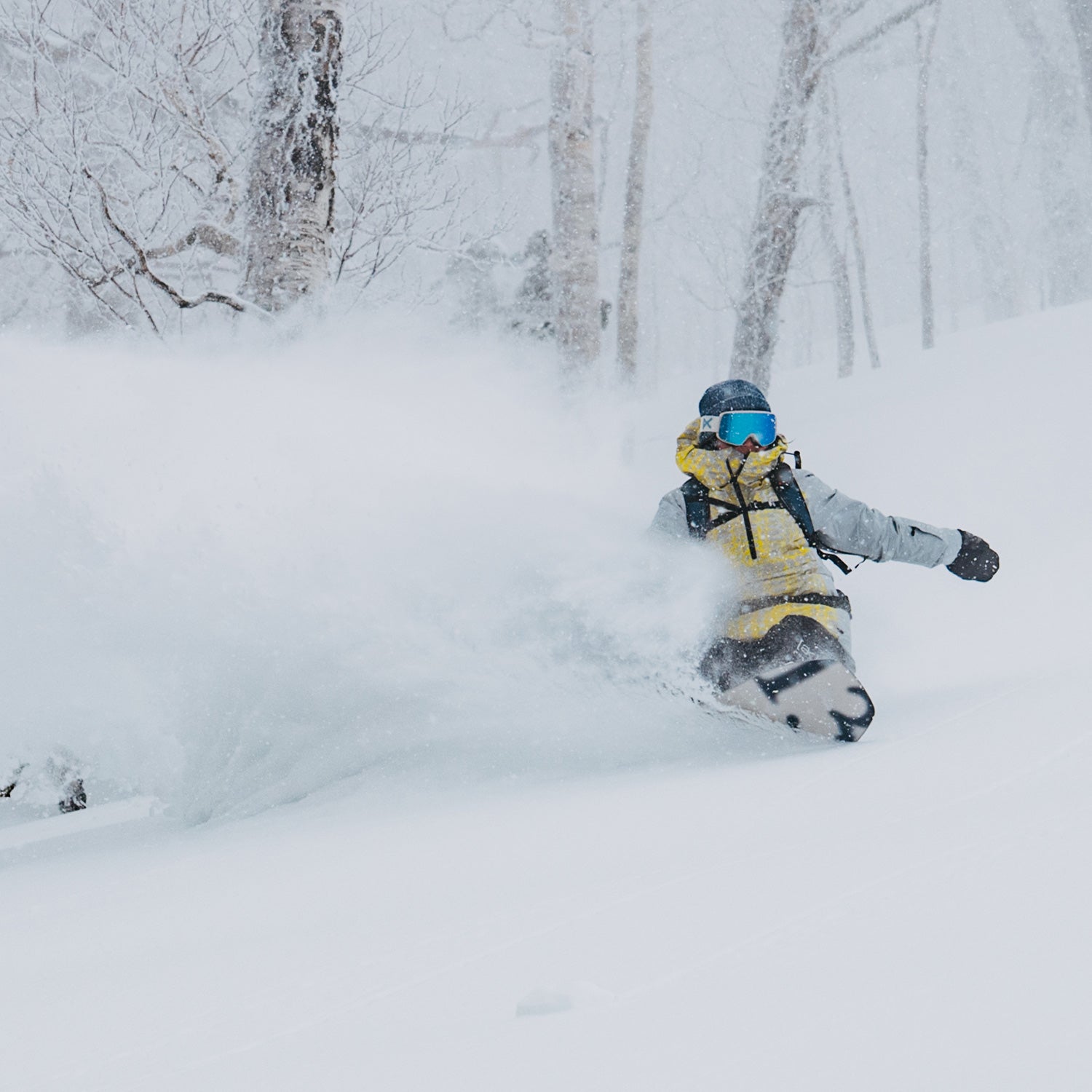A mid-west jibber isn't going to have the same feelings for a board as a Chilean pow-hound, and for good reason. Every component in a board's design & construction is intended to affect the way it performs. Conditions, riding style & personal preference all influence which board will wind up being your perfect match. The increasing variety of shapes & profiles available can make your head spin, but allow us to simplify. All boards essentially fall under 1 of 3 shape and profile categories. Check out the charts below & learn the performance features of each.
Snowboard Profiles
describes the shape of the snowboard when viewed from the side.
| Profile | Construction | Performance | Conditions & Style |
| Camber | The original, arc-shaped profile. | Best for high speeds, carving, stability | Packed, groomed snow, all-mountain |
| Rocker | Also called “reverse” camber, the top of the board is built with an overall concave curve | Best for loose, fun feel, easy pressing, beginners | Powder, freestyle riding |
| Flat | Base is flat at all contact points | Provides pop & stability for jibs & rails | Park, urban |
| Rocker/Camber | A hybrid of the 2, typically w/ camber at your feet & rocker in-between | The wavy shape creates contact points for edge hold & has a toned-down, fun rocker feel | Varying, all-mountain |
| Rocker/Flat | Another hybrid shape, flat with rocker in the nose & tail | Slight rocker keeps you smooth & catch-free on rails. Flat area adds pop & grips edges when you turn | Park, freestyle terrain |
Snowboard Shapes
| Shape | Construction | Performance | Conditions & Style |
| Direction | Board has an obvious front & back | Nose easily floats above powder, stiff tail maintains stability at high speeds | Powder, freeride |
| Twin | Board tip & tail are identical | Symmetrical shape & flex pattern make it easy to ride switch | Park, freestyle terrain |
| Directional Twin | Tip & tail vary slightly, but have an intended front & back | Similar shape with a softer nose flex offers versatility for the all-mountain rider | Varying terrain, occasional runs through the park |




Leave a comment
This site is protected by hCaptcha and the hCaptcha Privacy Policy and Terms of Service apply.